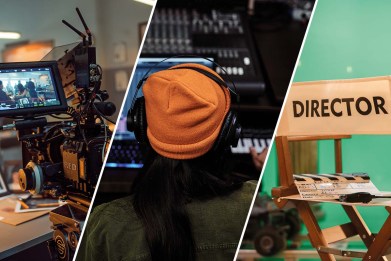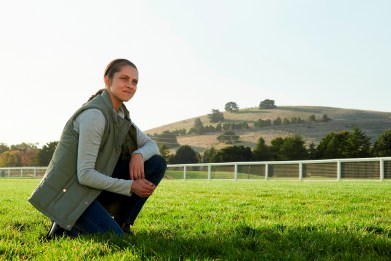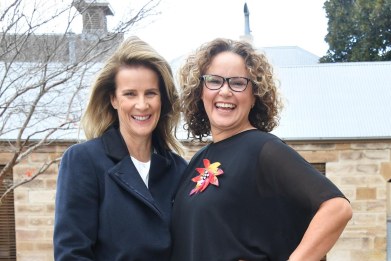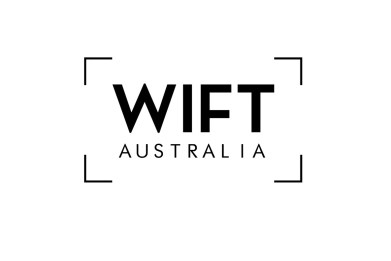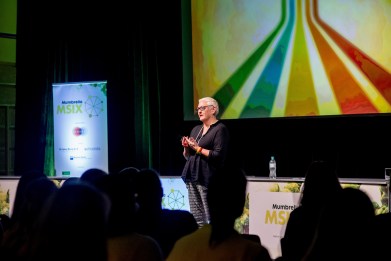Women working at Australian screen and sound companies are being paid 14.1 per cent less average total remuneration than men, according to government data.
As part of its ongoing Gender Matters initiative, Screen Australia has launched a new program to see female directors, cinematographers and composers attain 'career-defining' credits.
A new report released by the Australian Screen Production Education and Research Association (ASPERA) shows that there is limited on screen diversity within students' capstone projects at film school, and behind the camera, crew roles are gendered.
While Screen Australia reports that 57 per cent of all key creatives to receive production and development funding last year were women or female-identifying people, new industry-wide data suggests bolstering women's participation more broadly is a slow road.
Having hit its initial Gender Matters target, Screen Australia has set a new KPI: by 2021-22, it hopes that 50 per cent of key creatives across all projects that receive development and production funding are women.
With Create NSW’s ‘50:50 by 2020’ gender equity target now at a halfway point, the New South Wales Government has announced a $100,000 development initiative to increase the number of women directing TV drama.
The state branches of Women in Film & Television (WIFT) are set to form an alliance under a national banner, WIFT Australia, in a move designed amplify advocacy efforts towards gender parity in the Australian screen industry.
Screen Australia’s Gender Matters initiative is not tackling the male dominance of the film production industry, according to Professor Deb Verhoeven, who proposes a radical solution: deny funding to men who don’t employ women in their creative teams.



